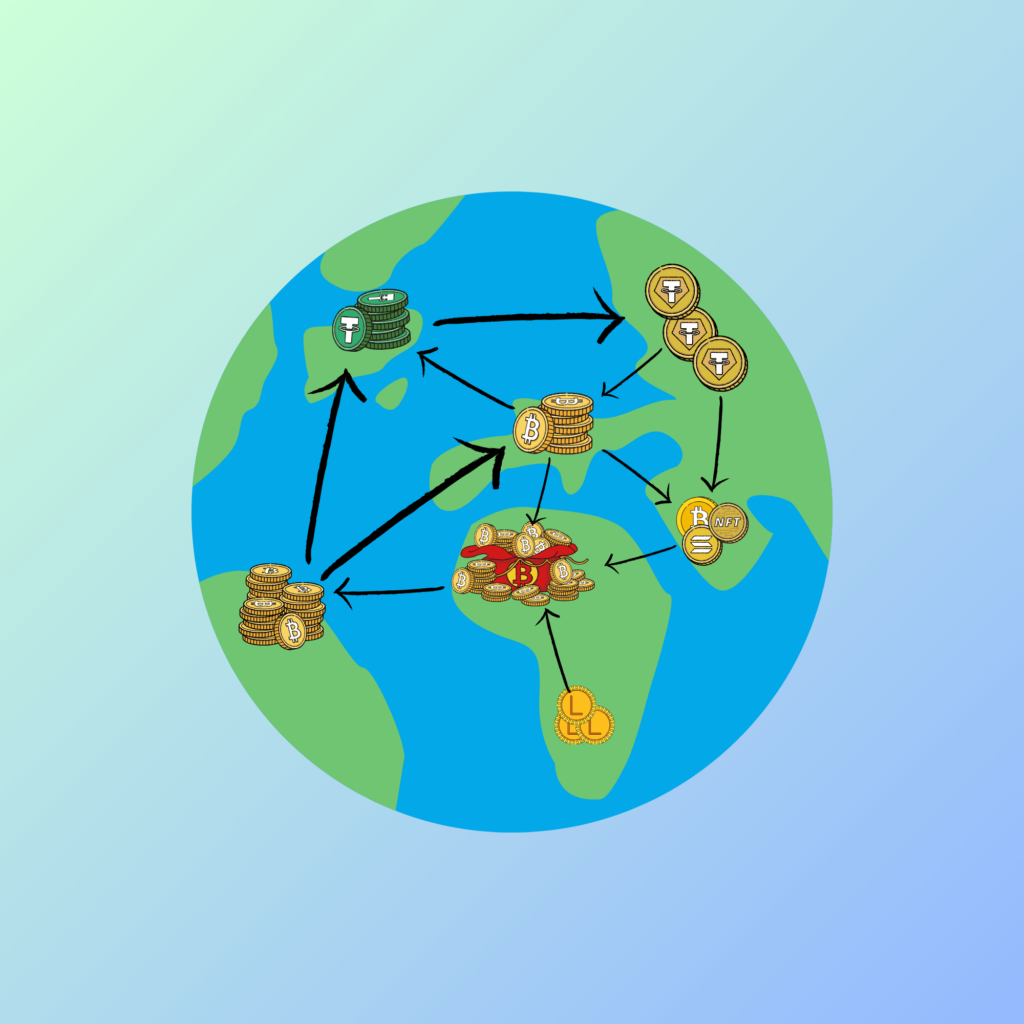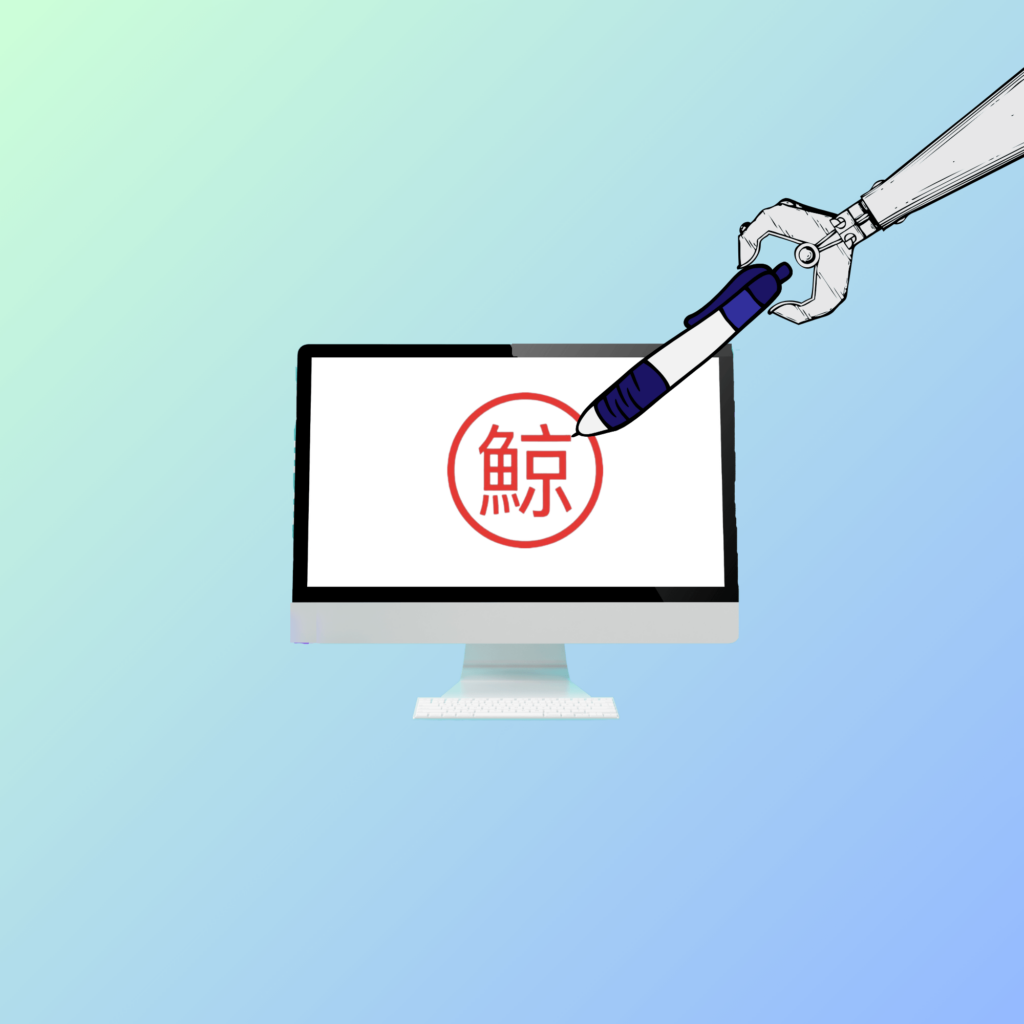In the crypto sphere, one term frequently surfaces amidst discussions of project potential and value: tokenomics. But what is tokenomics, and why does it matter so much in the cryptocurrency space? This article aims to explain the concept of tokenomics, making it accessible and understandable for everyone, regardless of technical background.
Contents Page
- Understanding The World Of Tokens
- Core Principles Of Tokenomics
- Designing Tokenomics: A Delicate Balance
- The Future of Tokenomics
Understanding The World Of Tokens

Tokenomics combines the words “token” and “economics” and refers to the study of how cryptocurrencies work within the broader ecosystem. It’s an analysis of the supply and demand characteristics of cryptocurrencies, which are often encapsulated into units called tokens.
While “coins” and “tokens” might seem interchangeable, they have distinct roles. Coins, like Bitcoin or Ethereum, operate on their own blockchain and primarily serve as digital money. Tokens, on the other hand, are built on existing blockchains and can represent anything from a stake in a project (governance tokens) to access to a specific service (utility tokens).
Core Principles Of Tokenomics
Understanding tokenomics means looking at the underlying principles that govern the economics of a token:
Supply And Demand
The first principle is as old as trade itself: supply and demand. Cryptocurrencies like Kujira have a fixed supply, meaning only a certain number of coins will ever exist. This scarcity can drive demand. Other cryptocurrencies have an inflationary model, where new tokens are constantly created.
Distribution Mechanisms
How tokens are distributed plays a crucial role in a project’s success. Some projects opt for a fair launch, allowing anyone to mine or purchase tokens from the start. Others may allocate a significant portion to the project’s founders and early backers, which can impact the token’s decentralization and perceived fairness.
Utility And Its Impact On Token Value And Ecosystem
Utility refers to the practical use and purpose of a token within its ecosystem. Beyond mere trading, tokens offer various functionalities such as access to services (utility tokens), voting rights (governance tokens), a stable exchange medium (stablecoins), and representation of unique digital assets (NFTs).
A token’s utility directly influences its demand. For instance, a utility token that offers substantial discounts on services or exclusive access to features can, as a result, become highly sought after, consequently increasing its value. Conversely, a token with limited or no practical use may see less demand and potentially lower value.
The utility of a token also plays a pivotal role in the development and sustainability of its underlying ecosystem. Tokens designed with robust utility models can encourage platform engagement, foster community growth, and promote a virtuous cycle of participation and value creation.
Governance
Governance refers to how decisions are made within the project. In many decentralized projects, token holders can vote on key decisions, influencing the project’s direction. Effective governance models can encourage investor confidence by demonstrating a commitment to decentralization and community involvement.
Designing Tokenomics: A Delicate Balance

Creating a token with lasting value requires careful planning. Successful projects often have a clear use case for their token, a fair distribution model, and a scalable, secure network.
When evaluating a cryptocurrency investment or participation in a project, consider the following:
- Supply: Is the total supply limited, or can new tokens be created indefinitely?
- Distribution: How are tokens allocated among founders, investors, and the community? Is there a risk of centralization?
- Utility: What purpose does the token serve? Does it provide real value to the ecosystem?
- Governance: How are decisions made within the project? Do token holders have a say?
Utilizing resources like whitepapers, community forums, and third-party analyses can provide deeper insights into these questions.
The Future of Tokenomics

As the cryptocurrency landscape continues to evolve, the complexity and sophistication of tokenomics will also. From the rise of DeFi to the rapidly growing field of NFTs (Non-Fungible Tokens) and DAOs (Decentralized Autonomous Organizations), the way we think about and interact with tokens is constantly changing. These developments not only present new opportunities but also new challenges in designing token economies that are sustainable and inclusive.
Wrapping Up
Moving forward with the ever-changing world of cryptocurrency, you’ll be sure to see hundreds of new tokens emerge, all with their own qualities and downfalls, and projects boasting about them wholeheartedly for any given reason. However keep in mind, like most things in life, although trends come and go, what makes something, like a token successful is the basics being done well. Things such as a sensible number of tokens being in circulation, efforts taken to ensure a fair distribution of tokens, and insurance that the token in question carries utility within the ecosystem it lurks inside of.
In a nutshell, try not to be led astray by flash-sounding words, and keep an eye on the basics.

Kujira Academy is a platform that aims to bridge the gap between young entrepreneurs and Web3, providing them with tangible education and career acceleration opportunities. Built by students, for students. Learn more about the academy and our vision here.
To register your interest and become a student of Kujira Academy, click here.
Written by KucciUSK